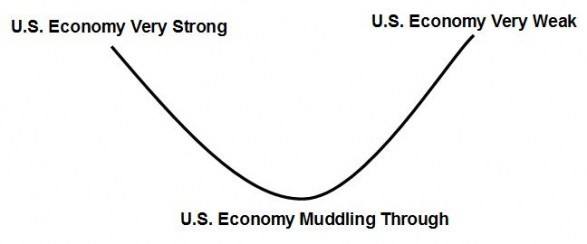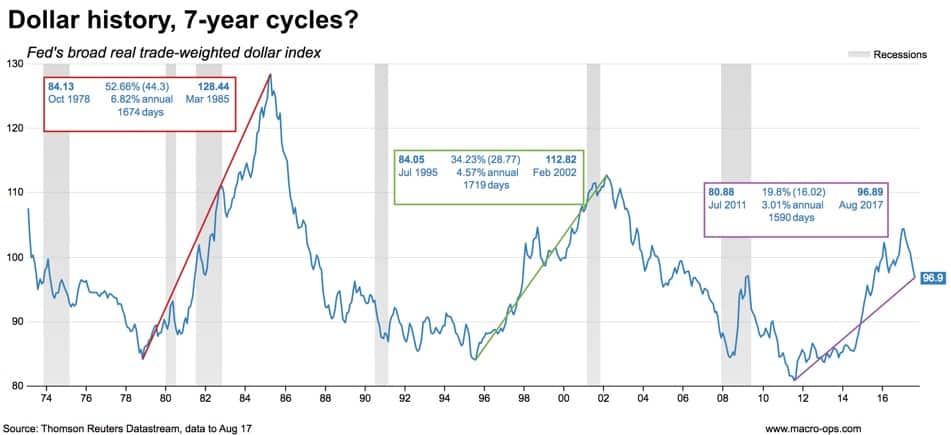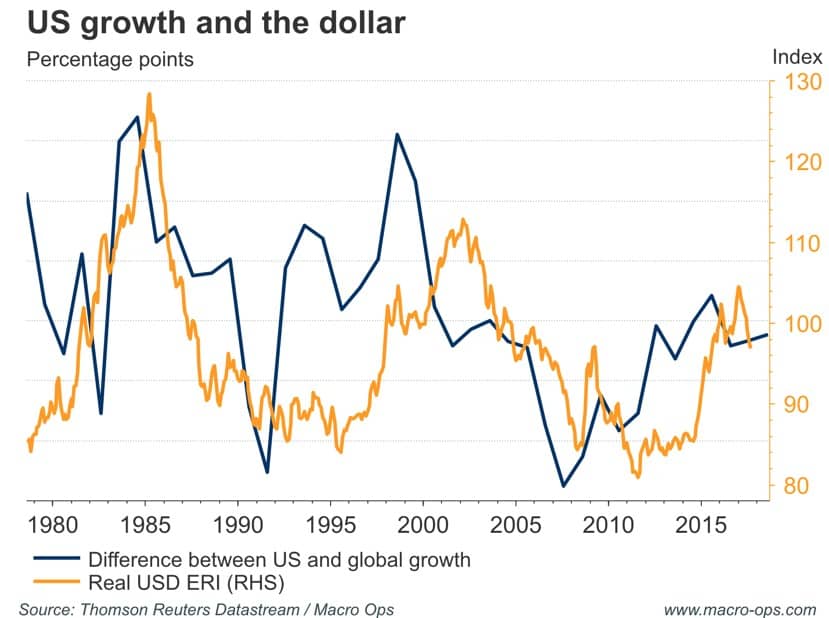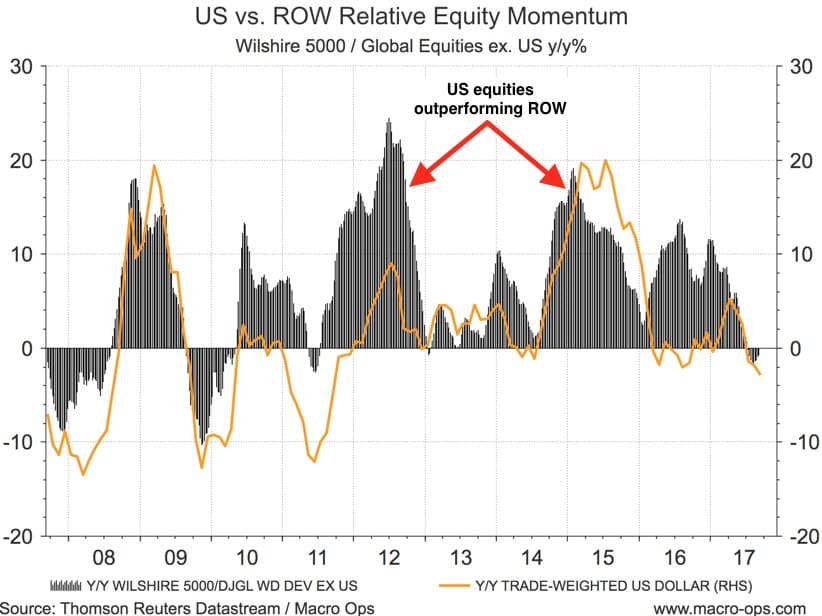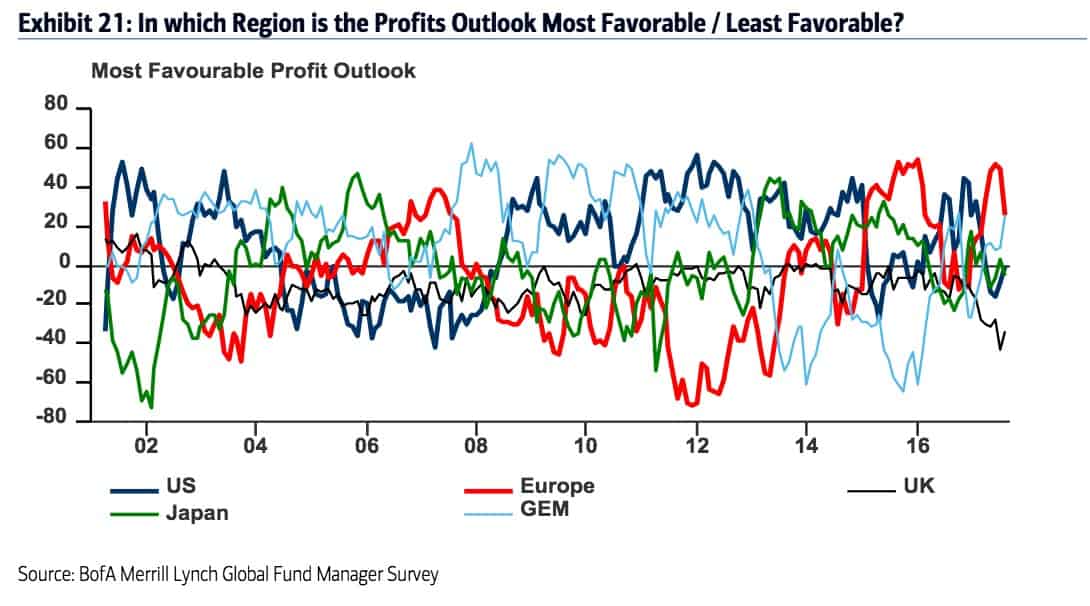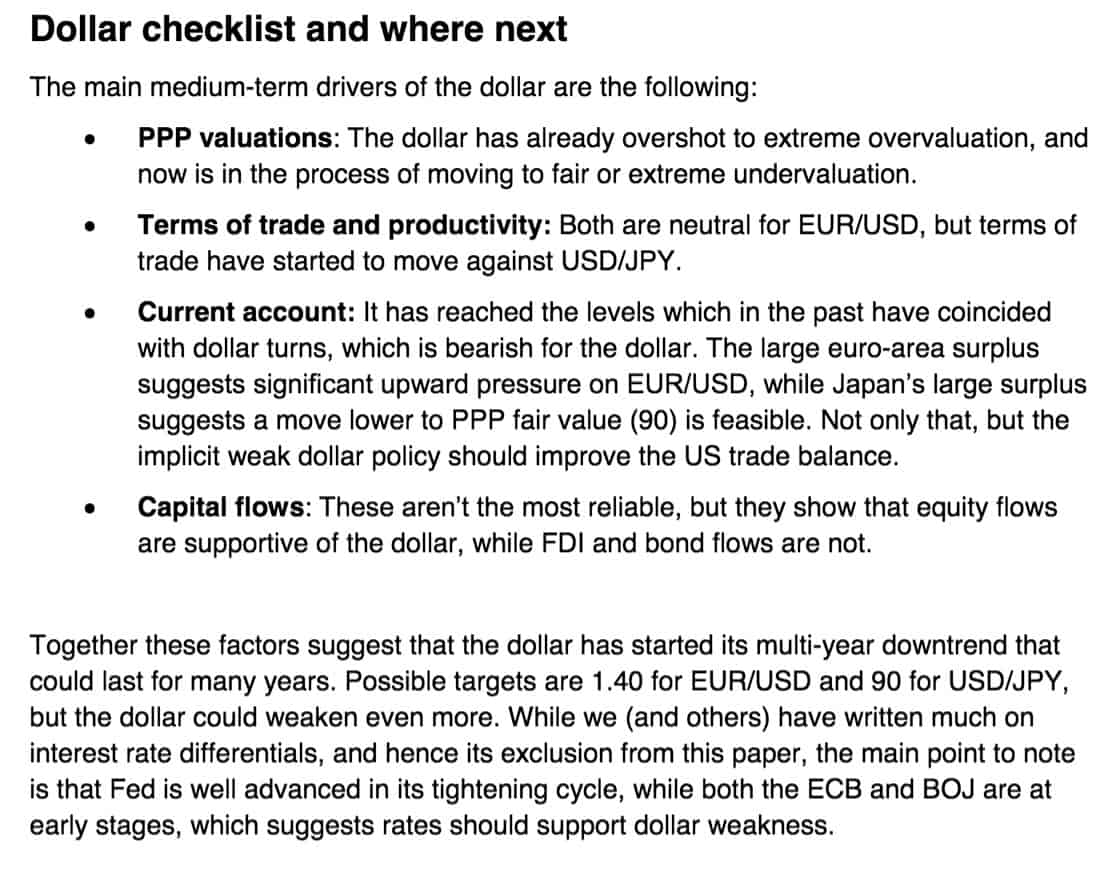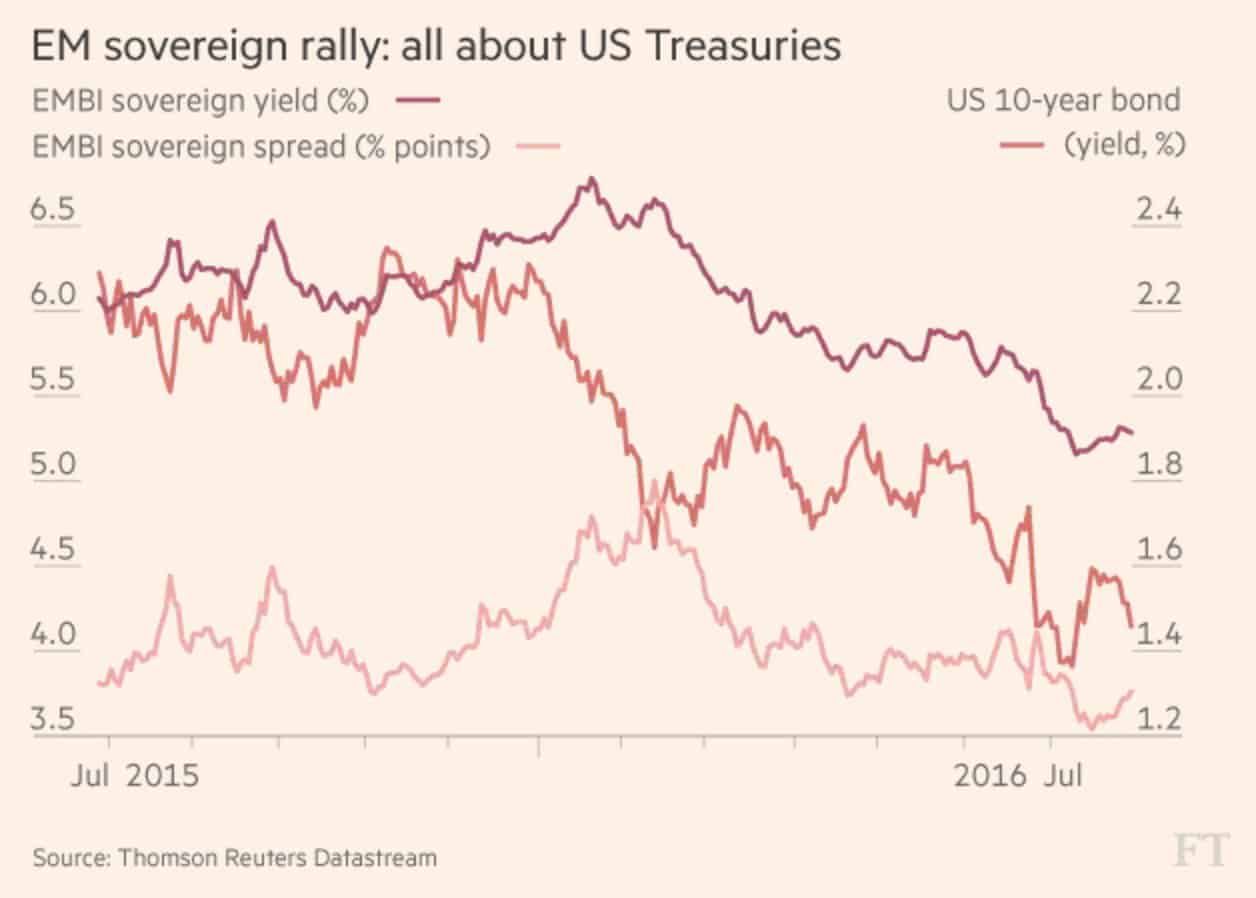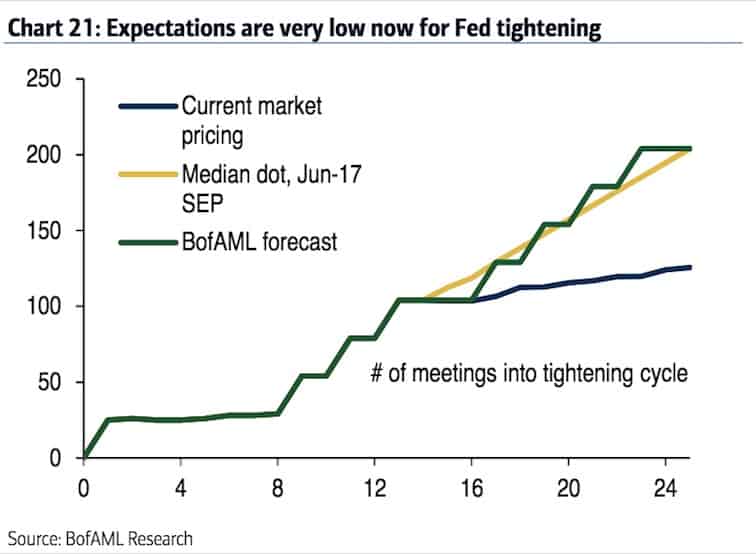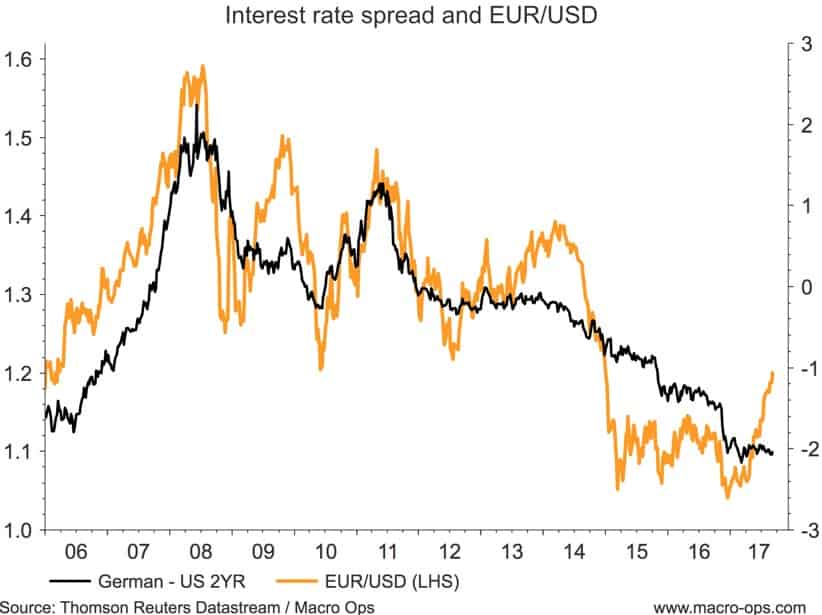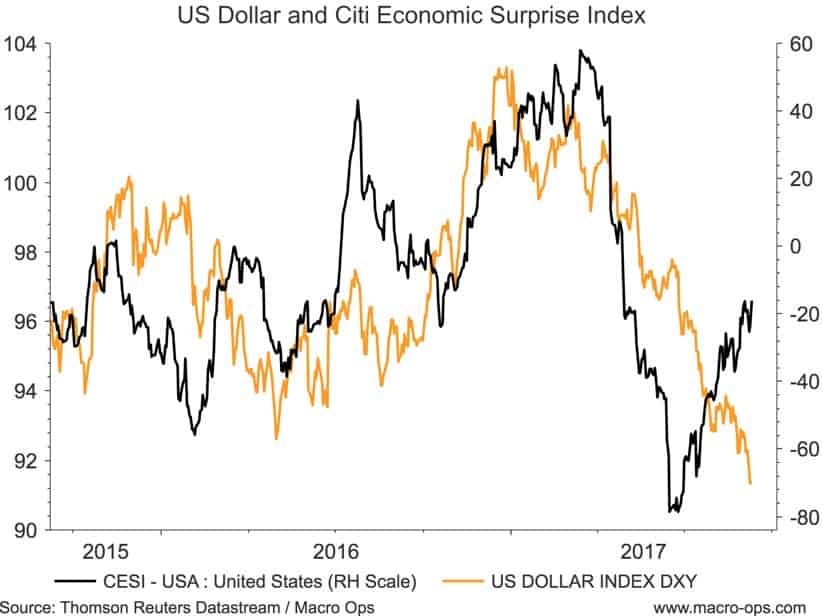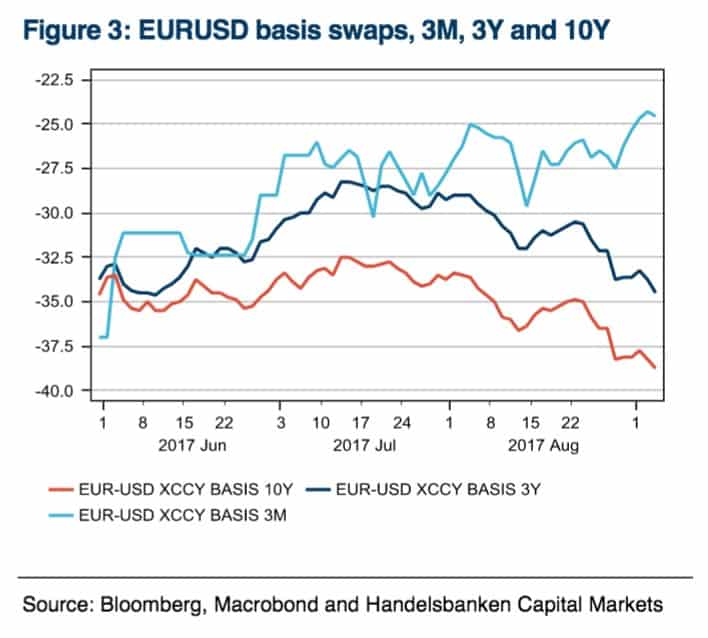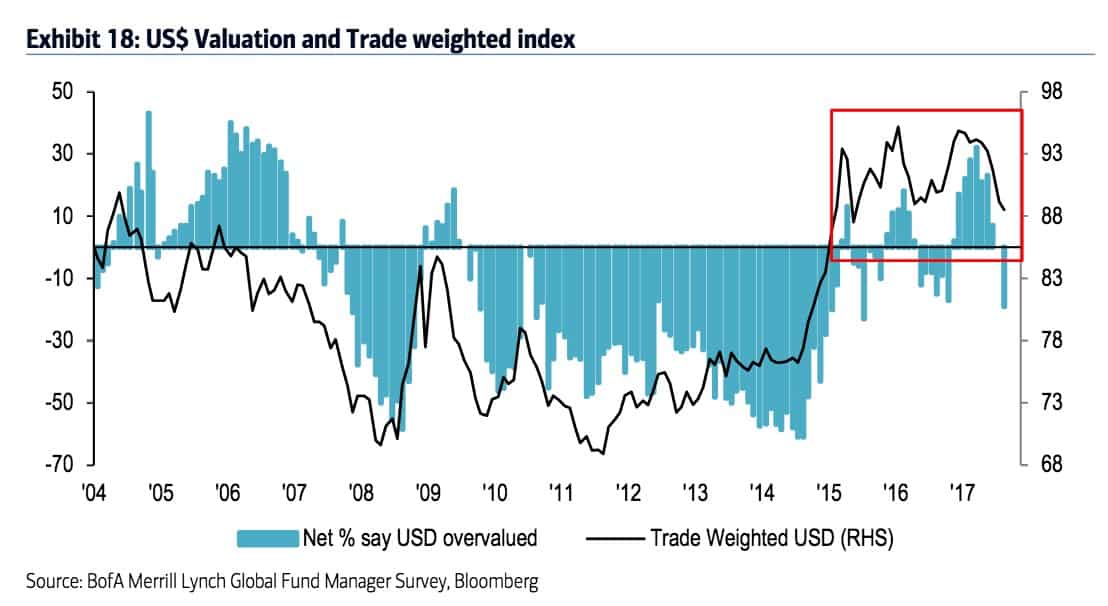Give me a place to stand,
and a dollar that’s trending,
and I can move the world
~ Archimedes
Archimedes, the Greek tinkerer, knew of the US dollar’s importance to global macro well over 2200 years ago, decades before Fed Chair Yellen was born. A man ahead of his time.
If you’re one of the very few who read my work then you know that I refer to the dollar as the world’s fulcrum.
This is no exaggeration. The US dollar is that important to global markets.
The deeper you get into the global macro game the more you realize nearly every trade is a derivative of a long or short dollar position.
Long Brazilian equities? You’re short the dollar.
Long airliners? You’re making a macro call on oil and thus the dollar.
Long volatility? You’ve got an embedded dollar call there.
Short inflation through duration? Then you’re long the dollar.
The dollar is important.
Why is this?
Short answer is the dollar is the world’s reserve currency. It’s what commodities and goods are priced in for global trade, and it’s the dominant global funding currency. The dollar is pervasive and it’s everywhere which is why the Fed swings the biggest stick of them all.
Unraveling the Dollar Smile Theory: A Key Advantage in Macro Trade Assessment
It’s always my starting point when analyzing any market.
That’s what I’m going to spell out quickly here today. We’re going to run through some basic models for thinking about the dollar and then we’ll jump into the bearish thesis, the bullish thesis, and conclude with where in the argument I sit.
And just to make clear my current biases. Our team at Macro Ops has been short the dollar against AUD, CAD, since June 27th, until this last week when I closed out for profit.
I took these trades with the belief that they were countertrend moves. I was in the cyclical dollar bull camp but was bearish over the intermediate term, with the expectations of a 10% pullback due to technical, sentiment, and macro reasons.
Now that the move has played out, I need to update my view.
Exploring Different Dollar Models for Macro Trade Analysis
I’ve shared a more in depth piece on the way I think about FX that you can find here. In it, I hash out Soros’ arrows and the core/periphery model.
Today we’re going to talk about the “dollar smile” concept put forth by Stephen Jen of Morgan Stanley because it’s relevant to our conversation.
The Dollar Smile Theory Explained
The theory is simple. It states that the dollar tends to outperform when the US economy is very strong (on the left side of the smile) or very weak (right side). And it does poorly when the US economy is just muddling through (middle of the smile).
Why is this?
Well the logic is straightforward.
The US trades at a “safety premium” relative to other countries.
Some might snarl at that and there’s a lot of gold bugs who think the US government’s debt blowup is imminent. But the reality is that relative to the rest of the world, the US has one of the most dynamic economies, highly liquid markets, (relatively) stable governments, decent rule of law, and again, we’re the world’s reserve currency.
When the US economy is performing well, investing in the US is a no brainer. And since well over 80% of the moves in the FX markets are due to speculative flows, this fact matters.
And when the US economy is very weak, the dollar performs well because it gets a safety bid. Money gets pulled back from overseas to within safer borders.
Dollar Appreciation during Volatile Times: Impacts on Currency Conversion and Debt Coverage
Most international funding is done in USD dollars. And when volatility increases and markets are perceived as more risky, these dollar loans are called back and Brazilian Reals or whichever, get converted into USD to cover the dollar debt thus putting upward pressure on the dollar.
But when the economy is in the middle of the “smile” and just muddling through, the dollar tends to perform poorly… why?
Well, the primary reason is that mediocre growth and low inflation is bullish for risk assets because it keeps the Fed steady and prevents them from raising rates too quickly.
So a steady Fed keeps interest rates low. These low interest rates suppress volatility and pushes investors further out the risk curve in search of returns. They go overseas to high growth emerging markets to play in their fertile fields.
Reflexive Relationship and FX Flows: Dynamics Driving Dollar and Currency Appreciation
Low growth and low rates lead to speculative outflows from the US which drive the dollar down relative to where the capital is flowing to.
There’s a reflexive relationship in these FX flows that starts to dominate.
This is because currencies make up the largest pie of the total return picture when investors put money into foreign markets.
So when speculative capital leaves the US because of low rates and slow growth, and then flows into, say, Latin America. It depreciates the dollar while appreciating the Latin American currencies. This drives up the total return of those investments in these EMs which then attracts more speculative flows (ie, reflexivity).
Here’s a short snippet from Soros on the mechanism.
To the extent that exchange rates are dominated by speculative capital transfers, they are purely reflexive: expectations relate to expectations and the prevailing bias can validate itself almost indefinitely… Reflexive processes tend to follow a certain pattern. In the early stages, the trend has to be self-reinforcing, otherwise the process aborts. As the trend extends, it becomes increasingly vulnerable because the fundamentals such as trade and interest payments move against the trend, in accordance with the precepts of classical analysis, and the trend becomes increasingly dependent on the prevailing bias. Eventually a turning point is reached and, in a full-fledged sequence, a self-reinforcing process starts operating in the opposite direction.
This is why currencies tend to trend for long periods of time once they get going. See the seven year USD cycle below.
The Dollar Smile Curve and Long-Term Trends
Strong US growth = outperforming dollar. A very weak US economy = strong US dollar. And a muddling US economy = weak dollar.
I should point out an important point that I’m not sure Stephen Jen mentioned when he introduced this concept. But all of this is relative. We don’t care about the US’s economic growth on an absolute basis. We care about its economic picture relative to that of the rest of the world’s (ROW).
If the US is muddling at sub 2% growth but emerging markets are a dumpster fire, like they were following the GFC just up until this last year, then that’s still dollar bullish.
The idea is that investors have to perceive risk to be low and the reward to be well above the US’s premium, in order for capital to leave our beautiful shores and invest in a Chilean poultry producer.
The chart below shows this dollar smile relationship at work. Blue line shows the US’s growth relative to the rest of the worlds (ROW) and orange line is the USD.
It works because if growth in the US is strong relative to the ROW’s then it means that the Fed is likely leading developed markets in raising interest rates. This makes the US real interest rate spread more attractive. And vice versa when the US is performing well below the ROW.
Reversal of Expectations and Repositioning: Unwinding Dollar Trend
As Soros said, the “expectations relate to expectations” that drive FX trends far from their “fundamental equilibriums”. This is why we always need to be trying to understand the markets expectations around future relative growth and rates.
Once we understand the embedded expectations we can compare them to the likely outcomes and see if there’s a divergence between the two.
If there is, then we can identify potential catalysts that would reprice these expectations to be more inline with reality. And then we have a trade.
The dollar bull market that began in 2011 was driven by strong relative US growth (seen in the chart above) and the Fed signaling tighter monetary policy relative to its developed market peers.
This created a reflexive loop which kicked off in 2014. Stronger growth and signaling of tighter policy drove the dollar higher along with US equities. This brought in further speculative flows and kicked that reflexive process into gear.
But by 2016 market expectations for US outperformance and tighter relative monetary policy began to exceed likely outcomes.
Long dollar positioning had become crowded and the trend extended.
Europe and emerging markets on the other hand were recovering from very low bases and horrible sentiment, as well as benefitting from improving global economic growth.
This set up a reversion in expectations.
The market began repricing the Fed’s rate path lower while pricing in tighter monetary policies for other DM central banks.
This caused the huge unwind in the dollar, which is currently the greenback’s worst year on record (chart via Bespoke).
The market is now overweight the eurozone and emerging markets while underweight the US.
And expectations are high for Europe and EMs, while neutral for the US.
Factors to Consider for Dollar Bear Case and Uncertainty of Prolonged ROW Outperformance
There have also been signs that DM central banks have been coordinating policy and using forward guidance to move exchange rates, letting FX markets do the heavy lifting for them in their monetary policy goals.
Learning from 14’-15,’ where diverging monetary policy drove the dollar higher and risked pushing the global economy over the edge. Central bankers started managing expectations in order to subdue the dollar while the Fed moves to become the first to begin reducing its balance sheet.
I wrote about this signalling by the Game Masters (the central banks) in a Brief that went out July 24th. For reference, I’ve included the excerpt below.
Basically, Brainard stated how a country with a large existing trade deficit (ie, the US) should choose to tighten its monetary policy in a way that puts the least amount of pressure on its currency (the USD) and its exporting sector.
The opposite is true for a central bank of a large surplus region (ie, Germany/ECB), which should tighten in a way that helps bring its economy into better external balance.
Lael argues that tightening by increasing the policy rate has a bigger impact on the exchange rate than tightening through balance sheet reduction. Therefore, the US should tighten through balance sheet reduction while the ECB should tighten through interest rates. And if the two coordinate, they can reduce the potential for instability (ie, large china yuan deval or a blowout in Italian yields).
Now what’s currently happening in the land of central banks?
The Fed has recently come out as dovish on hiking but signalled it intends to start letting its balance sheet runoff. And other major central banks, like the ECB, have come out surprisingly hawkish, indicating that the beginning of rate normalization is upon us.
I believe this is a large reason the dollar has sold off. Most countries are better off with a slightly weaker USD and tighter local interest rates, than they are with ever diverging rate paths and a strengthening dollar leading to tighter global liquidity.
Everybody is focusing on interest rate spreads and dollar debt — which do matter, just less so at this time — while failing to factor in the new intentions of central bank coordinated policy. The CBs don’t want a repeat of what a stronger USD did to global markets in 2015. They’ve wised up (a little bit at least).
The price action of DXY definitely seems to be confirming this, finishing near its lows for the week and breaking through a significant line of support. The chart of DXY below is on a weekly basis and I think it falls down to at least its 200-week moving average (the blue line) and likely even a bit further before finding a significant bid.
The last nine months we’ve been in the middle of the dollar smile curve. The US economy has been muddling through while the ROW has rebounded off its lows and DM central banks have played catch up to the Fed.
This is what the bear case for the US dollar is based on, that we’ll continue to stay in the middle of this curve.
Here’s a summation of the thesis from Nomura.
And Mark Dow also summed up the case well, writing:
On balance, a weaker USD. The US shifting to the balance sheet from rates as the front-burner tool, and global CBs ‘catching up’ to the Fed are the major drivers. EUR, AUD, EM all good. The positioning/psychology in the USD doesn’t strike me as too extreme, so USD weakness doesn’t have to be dramatic.
Factors Affecting the Dollar Bear Case: Inflation, Central Bank Policy, and Trump Administration
The question that I’m most interested in when looking at the dollar now is: How long is this ROW outperformance and DM central bank catch up likely to last relative to what is already priced into markets?
And it’s here’s where I have trouble buying fully into the continuation of the dollar bear thesis.
When looking at credit spreads and EM debt, you can see that risk is increasingly priced out.
That means that the embedded expectations are high.
This tells me there’s an exceedingly narrow path of outcomes that the future needs to meet for this trade to continue to work.
Secondly, and maybe even more importantly, it appears the low growth, low inflation narrative has been fully adopted, not just by the market but also by the Game Masters themselves.
Fed President, Bill Dudley, said this in a speech recently:
While some of this year’s shortfall can be explained by one-off factors, such as the sharp fall in prices for cellular phone service, its persistence suggests that more fundamental structural changes may also be playing a role. These include the increased ability of prospective buyers to compare prices across different sellers quickly and easily, the shift in retail sales to online channels of distribution from traditional brick-and-mortar stores, and the consequences of these changes on brand loyalty and business pricing power.
A finance friend of mine recently attended an investors conference where the main subject was inflation. And he mentioned that this was the first time, in the many years he’s attended, where the crowd wasn’t expecting higher inflation.
Instead, everyone was talking about how the phillips curve is dead and how technology has brought on a new secular trend of permanent low inflation, with much thanks to Amazon.
This popular narrative is priced into all areas of the market. And it has been somewhat true up until recently.
But I chuckled when I heard this because for the first time in a long time I’m seeing data that says inflationary pressures are building and higher prices are right around the corner. I covered this in our most recent MIR.
The market is pricing in a much lower hiking schedule than the Fed’s already shallow projected path (see chart below). Fed fund futures aren’t pricing another rate hike until June of next year.
With inflationary pressures building, it seems to me that there’s a large possibility that the market is on the wrong side of the inflation trade. And therefore, is on the wrong side of the dollar and EM trade, as well.
And if we do enter an inflationary environment, do you think Europe will be able to stomach a repricing of rates higher, better than the US?
Count me as skeptical.
However, there are a few outcomes where the dollar bear case becomes more likely and they’re centered around the Fed.
Evaluating the Dollar Smile Theory in the Current Market Environment
With the recent and unexpected departure of Fed vice chairman Stanley Fischer, the Trump administration now has five Fed seats it can fill should it choose to replace Janet Yellen.
There’s a lot of speculation that Trump will install loyal puppets and we’ll return to a dollar crushing era similar to that of the Nixon-Burns partnership of the 70’s.
This is possible and I don’t have an edge in predicting who the President will choose, so I’ll have to react to that when the time comes.
But I do have a hunch that we’ve hit bottom in the Trump Presidency and that things are likely to improve from here (at least somewhat).
With the divisive influencers out of his cabinet and former Marine General Kelly now effectively steering the ship, it seems to me that we’re seeing and hearing less from the Commander in Chief, especially on Twitter, which is a good thing.
And with all likelihood of positive economic policies such as tax cuts and infrastructure spending priced out of the market, it seems like an opportune time for some positive surprises to the upside in the US.
Plus, the recent devastation from hurricanes Harvey and Irma are likely to quell infighting within Congress, at least for a little while…
The US appears ripe for a period of positive expectation revisions.
Acknowledging Uncertainty and Trading Approach in the Dollar Market
The way I see things currently, is that for the dollar bear case to continue to play out, a large number of things have to unfold to match the expectations that are priced into markets.
- Volatility needs to remain low
- Investors need to remain in risk-on mode
- Inflation needs to remain low
- The Fed’s hike path needs to come down to meet the market’s expectations
- DM central banks need to continue to signal tighter policy ahead
- The US needs to continue to muddle through while the ROW goes on a tear
All the dollar bull case needs is just for anyone of these things to not happen.
The dollar bear case needs to walk a shaky tightrope to continue to play out while the dollar bullish case can spawn from any number of outcomes.
In addition, when you throw in the Fed’s likely coming balance sheet reduction (likely to start this month) and the Treasury’s cash normalization — which due to the debt ceiling debate being moved to December, now won’t be happening until early next year — you have some large liquidity drains that will begin to open in the coming quarters.
Draining liquidity leads to the repricing of risk. And with risk priced out of current markets (especially credit markets) there’s the likelihood that this repricing will become jet fuel for the dollar.
The good folks at Nordea Markets have covered this more in depth, and you can read about it here.
The longer dated EURUSD basis swaps are beginning to price this in, while the near market is not.
As of right now, I put the odds in favor of the dollar bull thesis.
I don’t know when this dollar selloff will end. Though positioning and bearish sentiment are reaching extreme levels.
I’ll be patient and wait for higher inflation numbers. Then see how the Fed responds.
I’d also like to see sentiment become more negative on the dollar than it is, but I’m not sure we’ll get that.
I continue to use the late 90’s analog for the macro environment and have found it extremely helpful to understanding the possible outcomes for today. It’s far from perfect but helpful, nonetheless.
So, of course… strong convictions, weakly held.
The trading game is not about forecasting, being right, or showing everybody how smart you are… It’s about making money.
I’ll be quick to rerate my probabilities if new disconfirming evidence comes in, such as inflation falling further or Trump replacing Yellen with Alex Jones.
Until then, pay attention to the dollar smile and look for comparative growth relative to expectations.

